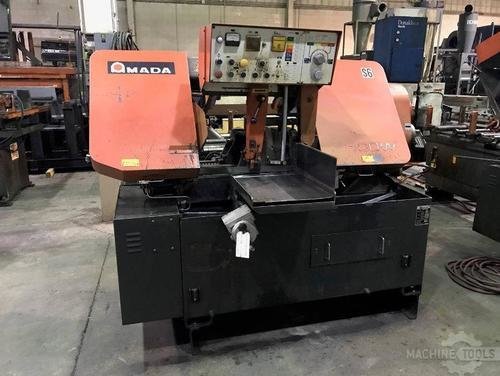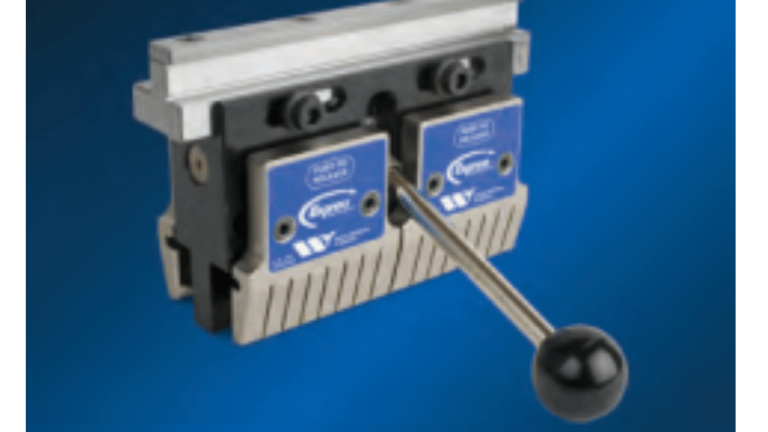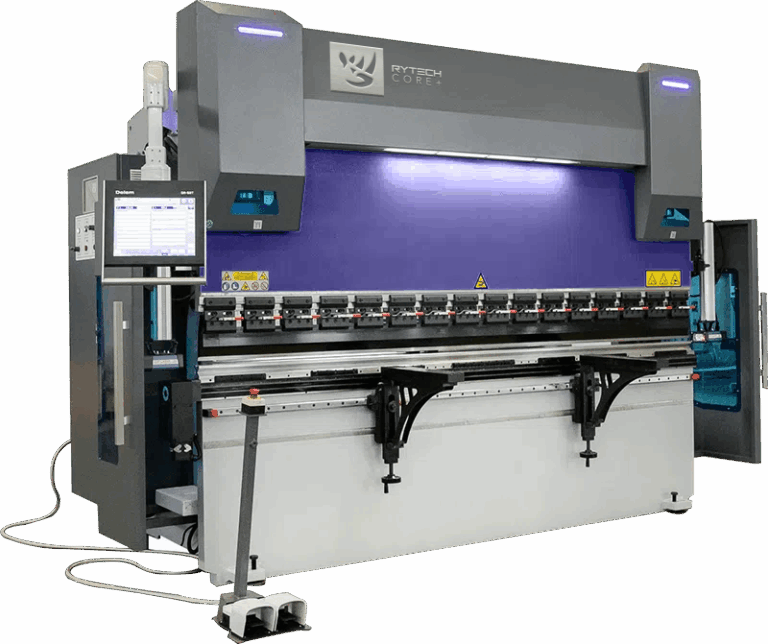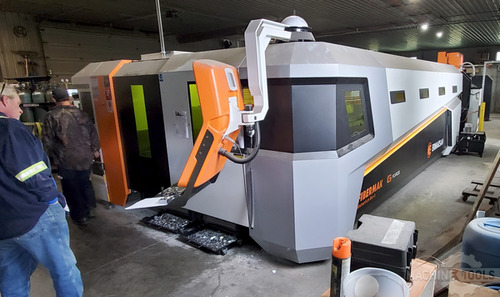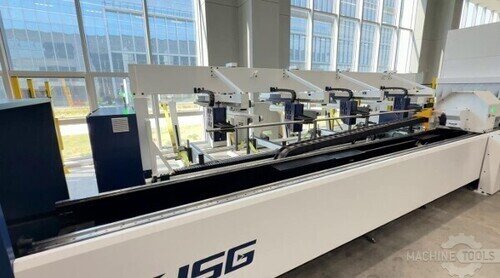As a Regional Sales Executive at Mac-Tech, I’ve spent years working side-by-side with fabrication shops of all sizes, helping them identify and overcome operational bottlenecks. My approach is hands-on: I listen to your pain points, understand your production goals, and guide you through equipment upgrades that genuinely move the needle. Whether it’s improving throughput, enhancing part quality, or reducing labor costs, I’ve seen firsthand how the right machinery choices can transform a shop’s bottom line.
Understanding the Modern Fabrication Landscape: Challenges and Opportunities
Fabricators today face a rapidly evolving marketplace. Shorter lead times, tighter tolerances, and smaller batch sizes are the new normal. At the same time, skilled labor is increasingly hard to find, and customer expectations for quality and speed are higher than ever. These pressures make it critical to maximize every hour and every dollar invested on the shop floor.
Yet, within these challenges lie opportunities. Advances in laser cutting and electric press brake technology have opened new avenues for efficiency and precision. Shops that embrace integration and automation can not only keep up with demand but also carve out a competitive edge. The key is understanding which investments will deliver the most value for your unique workflow.
The Power of Integration: Why Pair Sheet Lasers With Electric Press Brakes
Pairing a modern fiber laser with an electric press brake creates a streamlined workflow that minimizes material handling and maximizes throughput. Sheet lasers deliver fast, precise cuts with minimal heat-affected zones, providing parts that are ready for downstream bending with little to no secondary processing. When those cut parts move directly to an electric press brake, you benefit from unmatched bending speed, energy efficiency, and repeatable accuracy.
This integration is about more than just speed. Electric press brakes offer programmable controls and advanced crowning systems, making it easy to adjust for complex bends and material variances. When paired with a high-precision laser, the result is a seamless transition from flat sheet to finished part. This not only reduces waste and rework but also frees up skilled operators to focus on more value-added tasks.
Key Performance Factors: Evaluating Laser and Press Brake Capabilities
When selecting the right laser and press brake combination, it’s essential to evaluate several performance factors. For lasers, look at power output, cutting speed, edge quality, and automation options like load/unload systems or part sorting. The right laser should handle your material types and thicknesses while minimizing setup and cycle times.
For electric press brakes, key considerations include tonnage, bending length, stroke, and backgauge flexibility. Modern electric brakes excel at energy efficiency and offer quieter operation compared to hydraulic models. Don’t overlook the value of intuitive CNC controls, which can reduce training time and support offline programming for even greater efficiency. The right tooling also plays a crucial part in achieving tight tolerances and rapid changeovers.
1990 Accurpress 7606
- Capacity: 60 T x 72″
- Weight: 6,000 lbs.
- Dimensions: 84″L x 40″W x 70″ H
- Ram stroke: 8″
1992 Accurpress 750024
Real-World ROI: Success Stories From the Fabrication Floor
I’ve worked with shops that, after pairing a fiber laser with an electric brake, saw setup times drop by more than 30% and scrap rates cut in half. One customer in the Midwest transitioned from hydraulic to electric press brakes and immediately noticed lower utility bills and higher part consistency, leading to faster deliveries and happier customers. Another fabricator integrated automated part handling between their laser and brake, nearly doubling their daily output without adding headcount.
These results aren’t anomalies—they’re the product of smart equipment choices and a willingness to rethink traditional workflows. By investing in integrated systems, fabricators can adapt to market shifts, take on more complex jobs, and grow their businesses sustainably.
Strategic Equipment Selection: Building Partnerships for Long-Term Gains
Selecting the right equipment is only part of the equation. Building a relationship with a knowledgeable supplier ensures you get ongoing support, training, and access to the latest technology. At Mac-Tech, we pride ourselves on being more than just a vendor. We provide on-site demos, in-depth ROI analyses, and tailored recommendations based on your actual production needs.
Long-term success comes from treating your equipment supplier as a strategic partner. Regular maintenance, software updates, and operator training keep your machines running at peak performance. Our team is always available to troubleshoot issues, suggest process improvements, and help you plan for future expansion. It’s this commitment to partnership that delivers the highest ROI over the life of your equipment.
FAQ
What are the main benefits of electric press brakes over hydraulic models?
Electric brakes are faster, quieter, more energy-efficient, and require less maintenance than hydraulic models.
How do I know what laser power I need for my shop?
It depends on your material types, thicknesses, and production volume. A consultation with a knowledgeable supplier can help you match the right laser to your needs.
Can I automate the flow between my laser and press brake?
Yes, there are automation solutions available for part handling, sorting, and even robotic bending to further streamline your workflow.
How quickly can I expect to see ROI from upgrading to integrated systems?
Many fabricators see measurable improvements in efficiency and scrap reduction within months, with full ROI often achieved within 1–3 years.
Is operator training included when I purchase new equipment?
At Mac-Tech, we provide comprehensive training and ongoing support to ensure your team is fully up to speed.
What about tooling—how important is it to the process?
High-quality tooling is critical for precision and efficiency, especially with electric press brakes and complex part geometries.
Get Weekly Mac-Tech News & Updates




